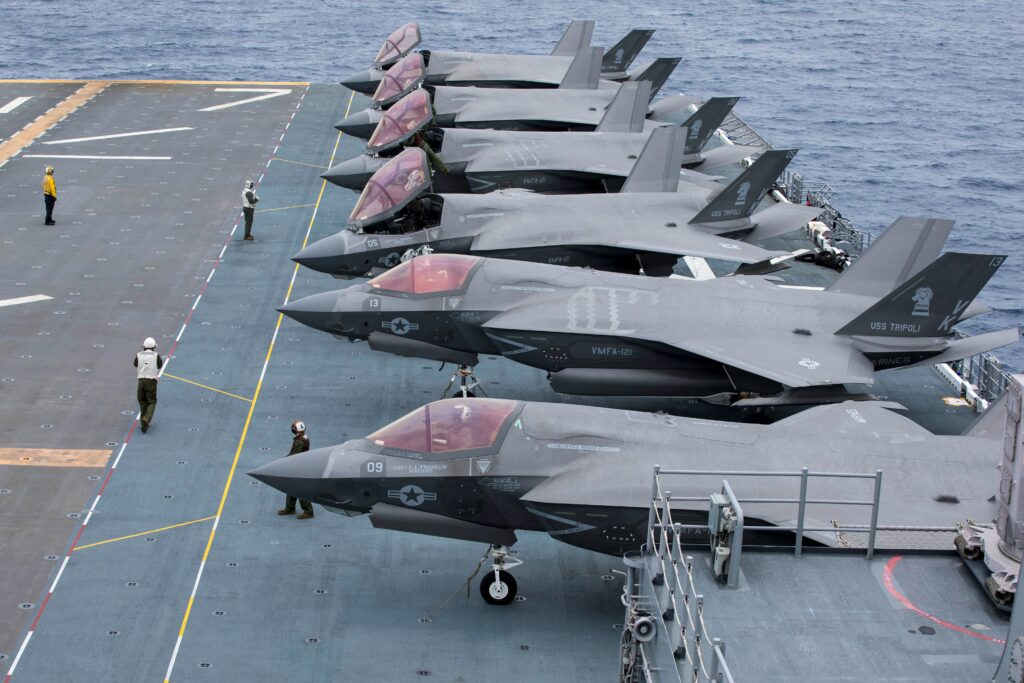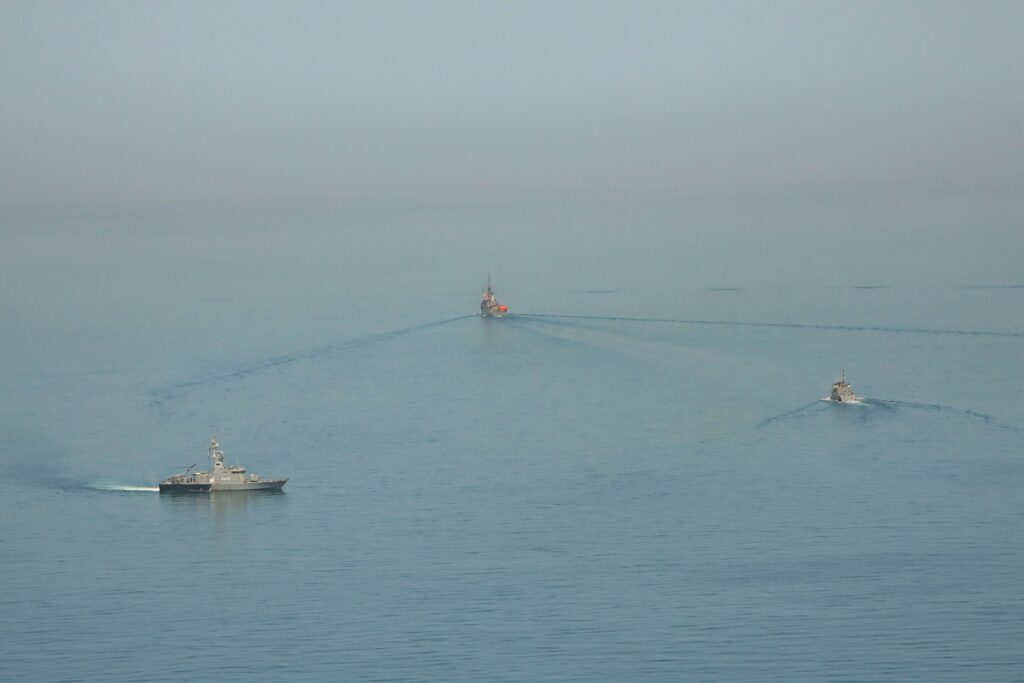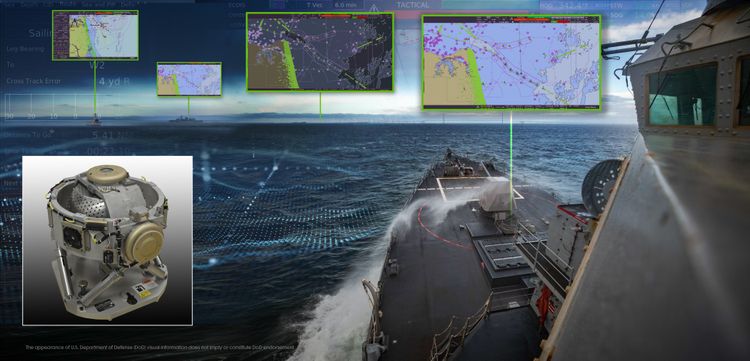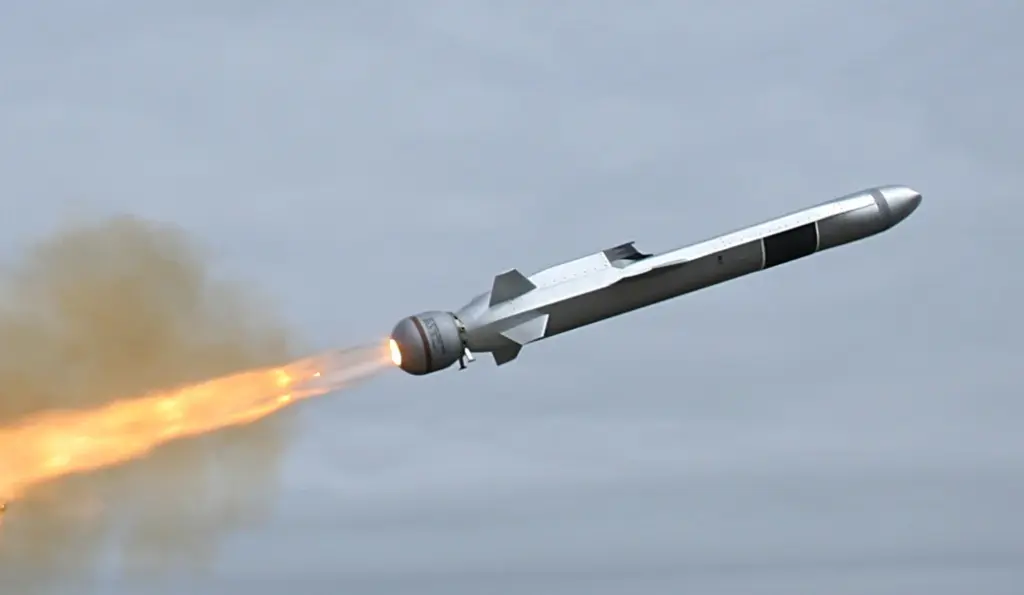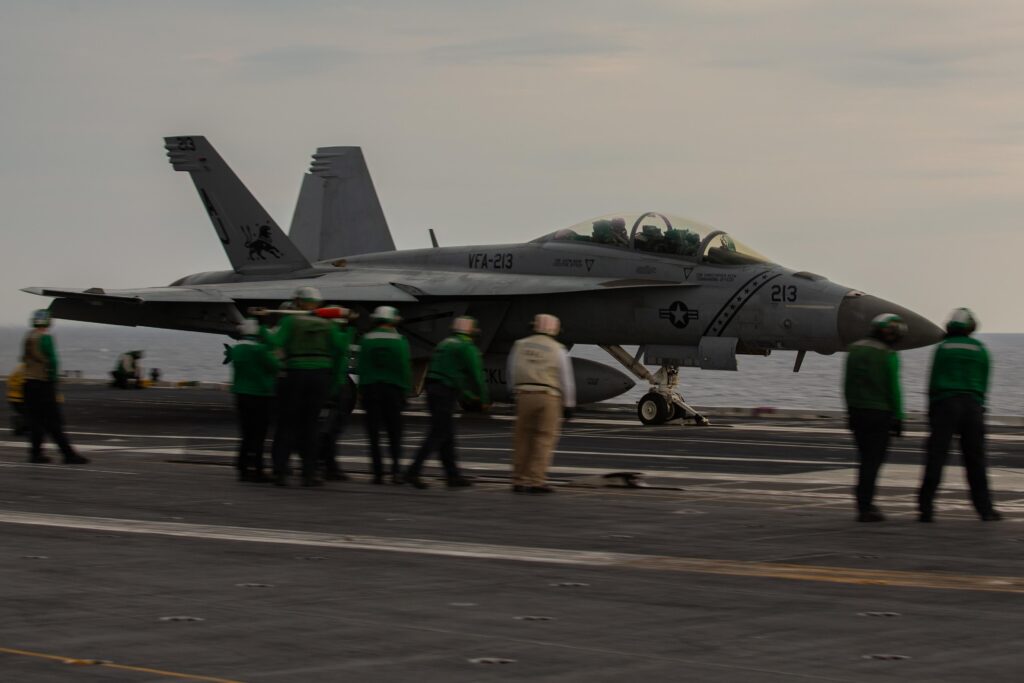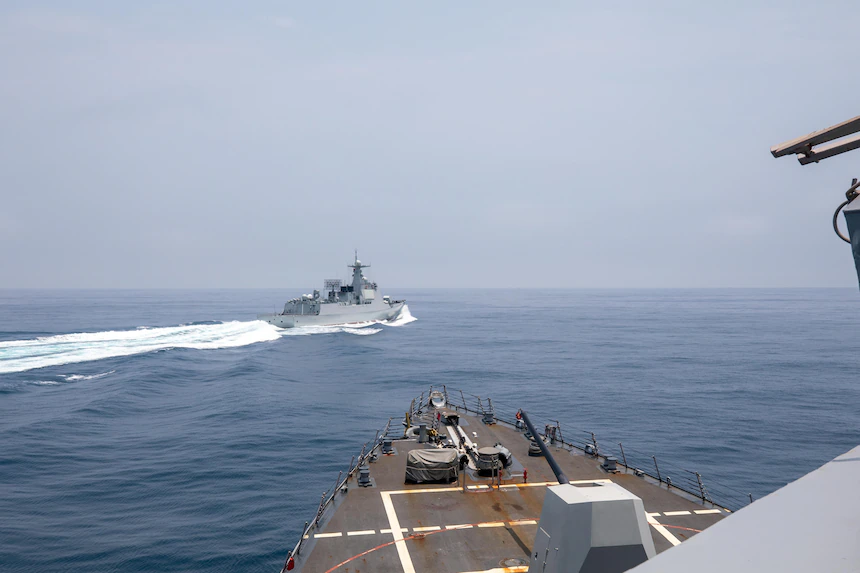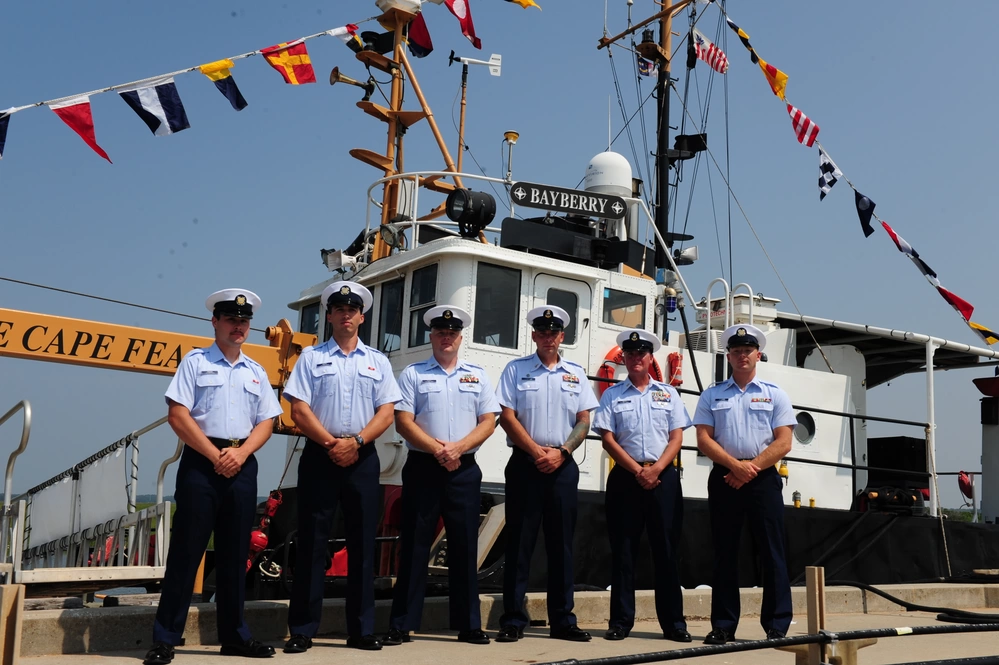Egypt Turns Over Command of Multinational Red Sea Task Force
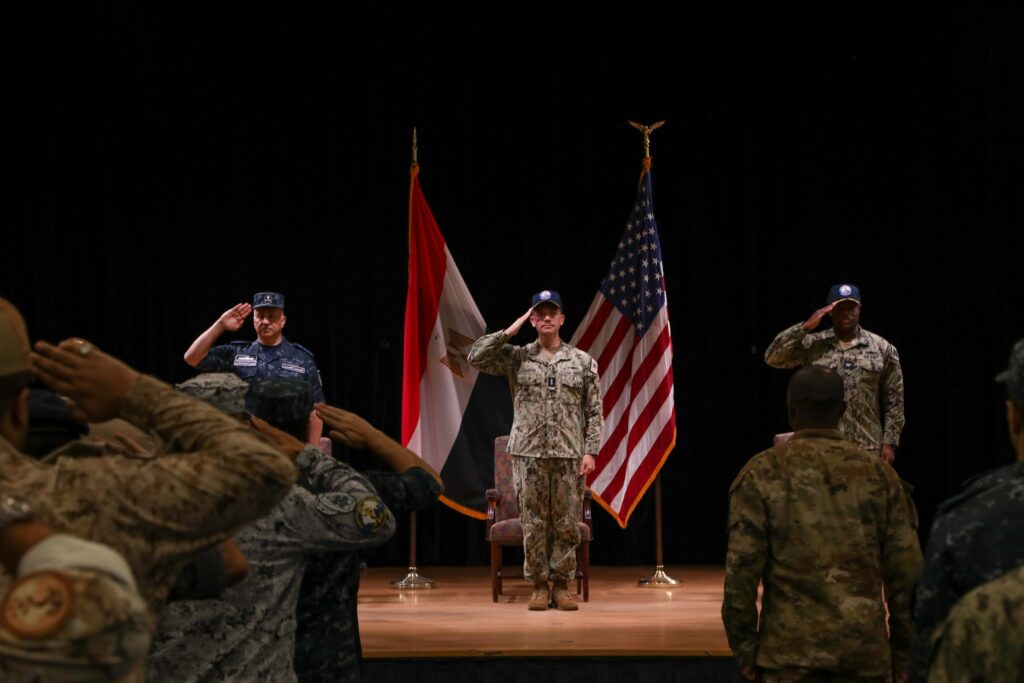
Release from U.S. Naval Forces Central Command Public Affairs
*****
By U.S. Naval Forces Central Command Public Affairs | June 12, 2023
MANAMA, Bahrain — The Egyptian Navy turned over command of a multinational Red Sea task force to the U.S. Navy, June 12, six months after Egypt began leading the Combined Maritime Forces (CMF) operational staff for the first time.
U.S. Navy Capt. Anthony Webber relieved Egyptian Navy Rear Adm. Mahmoud Abdelsattar as the commander of Combined Task Force (CTF) 153 during a ceremony in Bahrain where CMF his headquartered.
Established in April 2022, CTF 153 is one of five CMF task forces responsible for conducting maritime security and training operations across the Middle East. The multinational staff supporting CTF 153 specifically focuses on international maritime security efforts in the Red Sea, Bab al-Mandeb and Gulf of Aden.
“It was a great honor to be the commander of CTF 153,” said Mahmoud. “For the last six months, we have worked closely with partner nations, maintained stability in the Red Sea, Bab al-Mandab Strait and Gulf of Aden, and proved once again that Egypt is committed to maintaining maritime security and enhancing our capabilities through trust, training and working together.”
Webber assumes command of CTF 153 while still serving as commander for Task Force 55, U.S. 5th Fleet’s operational staff overseeing U.S. Navy surface assets employed in the Middle East.
“It takes all of us working together to make a winning team, and I have all the confidence in the world that we will do just that in carrying out our duties with honor and commitment,” Webber told the CTF 153 team. “Your achievements are vast and I am honored in having this remarkable opportunity to serve with you.”
With 38 nations, CMF is the largest naval partnership in the world. Other task forces include CTF 150, focused on maritime security in the Gulf of Oman, Indian Ocean and Gulf of Aden; CTF 151, which leads regional anti-piracy efforts; CTF 152, dedicated to maritime security in the Arabian Gulf; and CTF 154, established in May to enhance maritime security training throughout the region.
